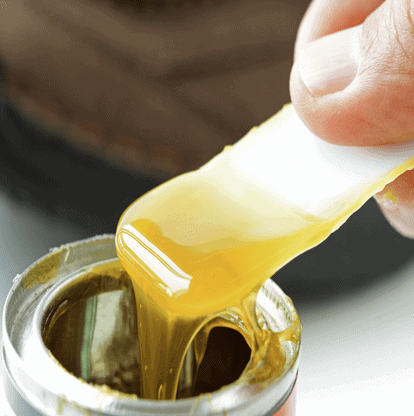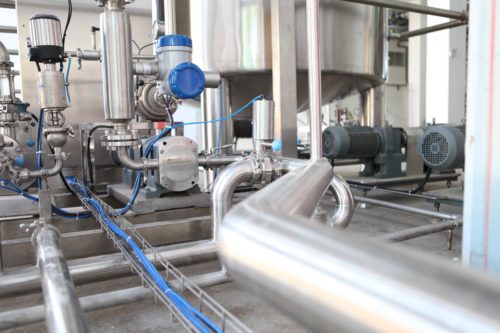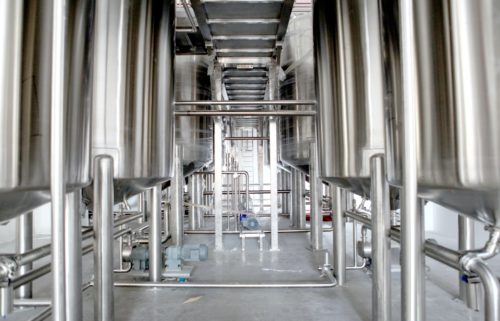The Best Uses For Your MMA Adhesives
We are here to share with you the best uses for your MMA adhesives. At BC Adhesives, we offer industry leading Methyl methacrylate (MMA) adhesives. It’s important to know that MMA adhesives have a different cure mechanism than other two component reactive adhesives. The ratio of resin to hardener can vary from 100:3 to 1:1. MMA adhesives are typically less sensitive to variations in mix ratio and variations in the degree of mixing. The cure profile of MMA adhesives can be adjusted more readily than other types of two component adhesives. This allows formulation of adhesives that have a slower reaction rate immediately after mixing to allow more time for adhesive application and assembly of parts (longer work life). After a short period of time (induction period), the rate of reaction increases to provide more rapid strength build-up. This reduces the time components need to be fixtured before bonded assemblies can be processed further.

The Best Temperature’s For MMA’S
Un-modified MMA adhesives cure to hard, brittle films. Most MMA adhesives are formulated with modifiers to provide tough bond lines that resist peel and cleavage stresses as well as impact. Increasing the curing temperature accelerates the process but the final strength is adversely affected. MMA adhesives cure as thermoplastics. They can withstand temperatures between -60oF (-50°C) and ca. 200oF (95°C). MMA adhesives possess good bonding properties to many different plastic surfaces and are relatively insensitive to surfaces that contain a certain amount of oil/grease.

Components of MMA’S
An interesting feature is the differing processing conditions used for MMA adhesives. Besides the techniques normally used for two component adhesives (adhesive application using twin cartridges, direct addition of the hardener to resin), the two components of a MMA adhesive can each be applied separately to one of the substrates. The actual curing reaction then only takes place in the bonded joint after bringing the substrates together. This process avoids having to mix difficult mixing ratios (for example, resin:hardener 100:3) and allows use of fast curing adhesives that would have too short a worklife if the resin and hardener were mixed before application.

Need Help With Your Equipment Regarding MMA Adhesives?
To learn more about the best uses for MMA adhesives or interested in discussing which adhesives are best for your application, be sure to reach out to BC Adhesives to learn more.
Stay up to date with us on LinkedIn